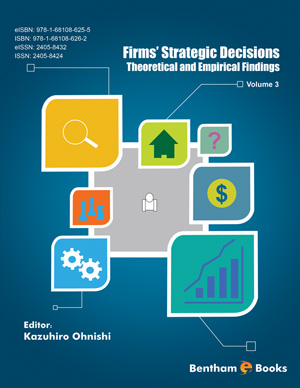Abstract
Design is a multidisciplinary field in rapid evolution. For the purpose of this chapter, we focus on the pragmatic reality of corporate design teams. How do corporate design teams cope with the challenge to bring research onto their radars? Firstly, by being more and more integrated in the overall branding, marketing, and research processes of their respective corporations. If industrial designers of the past were accustomed to be in a dialog with R&D scientists in order to be recipients of technological innovation, nowadays corporate designers engage in a vibrant ongoing discussion with more stakeholders, both internal and external, representing the customer’s voice within the company setting. In the past two decades or so, the role of research within corporate design processes has increased to the extent that entire departments were created almost by fiat. This was undertaken with the specific purpose to organically grow new competencies from within new portfolios of nontraditional and complementary design domains. Such approaches as ethnography, laddering, and future studies are among the specific approaches that have been increasingly integrated into the corporate design portfolio. The incorporation of these disciplines led to some exceptional cases of bottom-up excellence, as well as to some oddities in corporate portfolios and management directives. The new economic climate demands a rational approach to systematically anticipating people’s needs and wants. Given today’s drive toward fact-based decision making, the introduction of statistics and scientific methods appears to be the natural next step to streamline design skills. These methods should enhance innovation and delivery, and further encourage research competencies within the design portfolio of corporations.
Keywords: Creative leadership, design, design research, future study.









.jpg)


